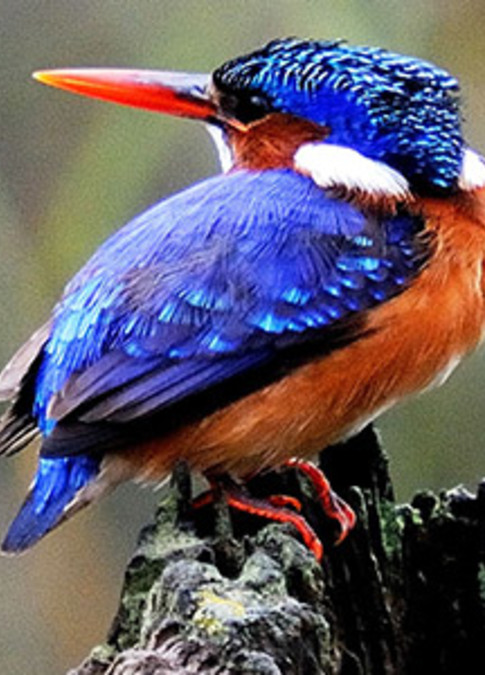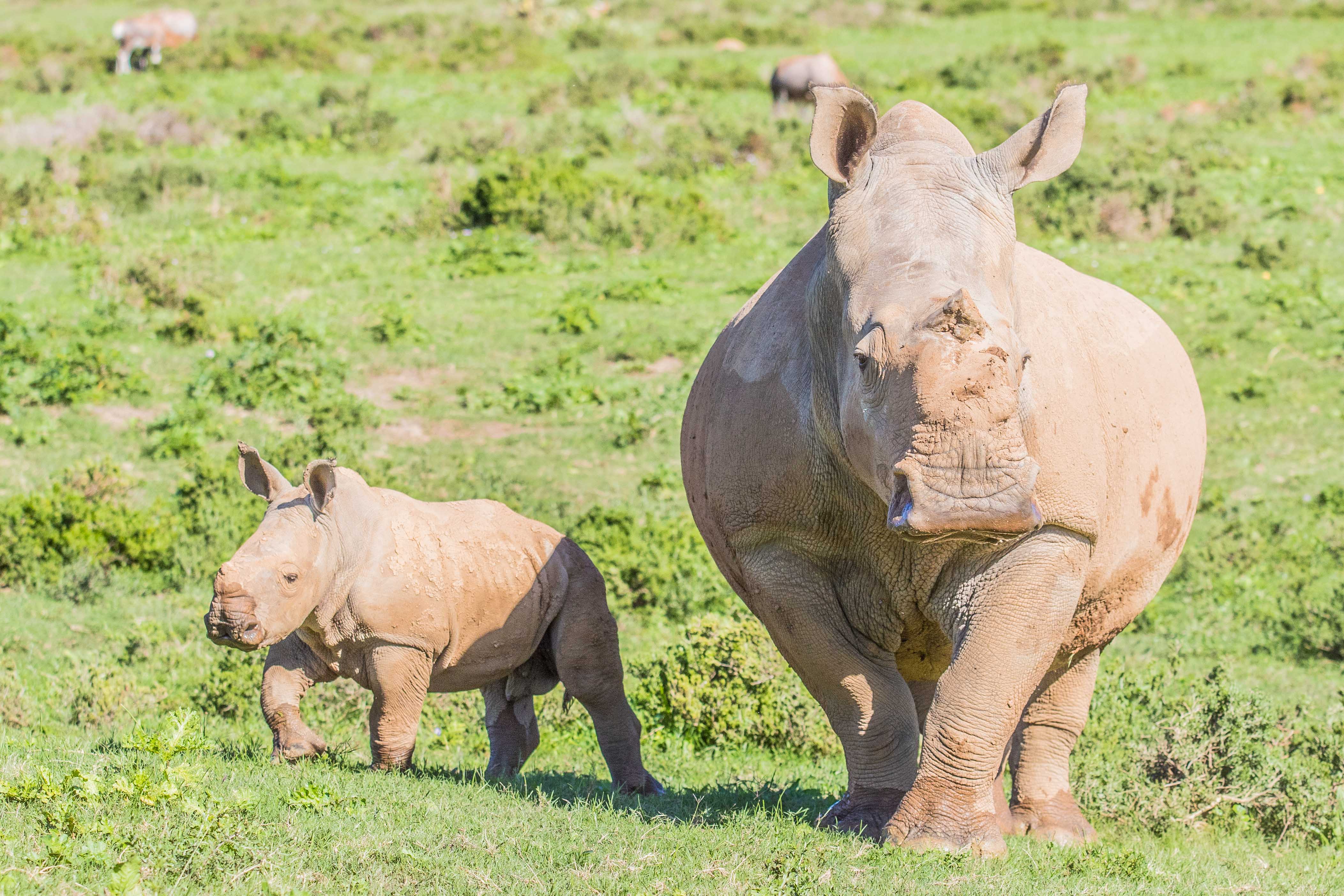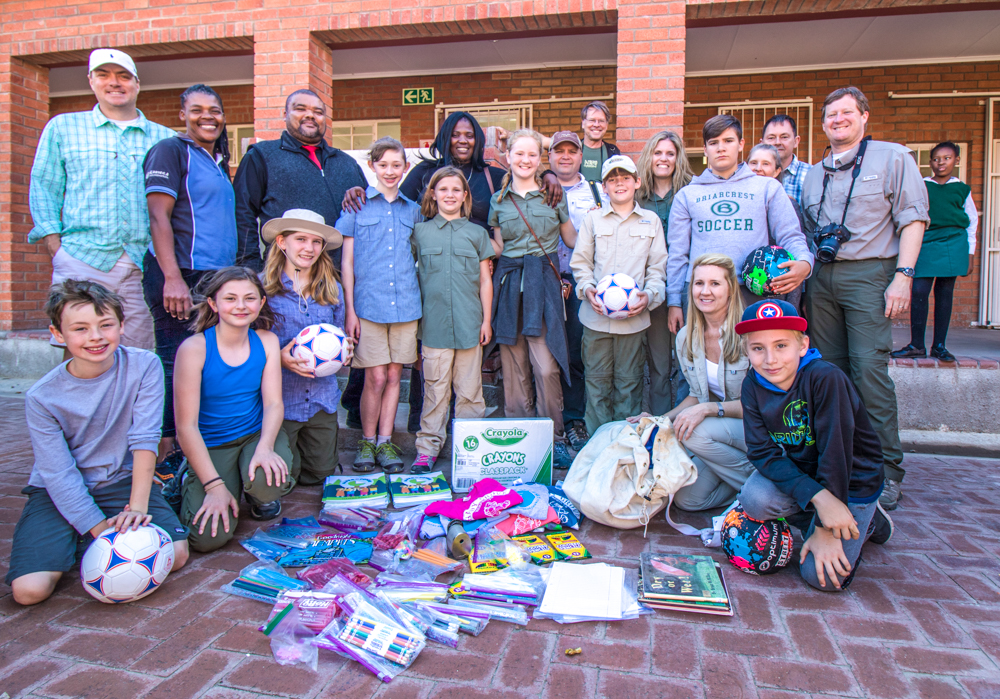Video: Rhino Horns Are Like Toenails, Ew!
“Perception can be both, the easiest and the hardest, thing to change,” Minh Tan
These are very true words, especially when considering why people use rhino horns. Perception, or how things are interpreted, can be such a great thing in life but it can also fuel horrible acts of greed and selfishness. Some people perceive (believe or regard) rhino horn to be worth more than gold and able to cure life-threatening ailments and others know the rhino horns are like toenails and have no medicinal value or worth.
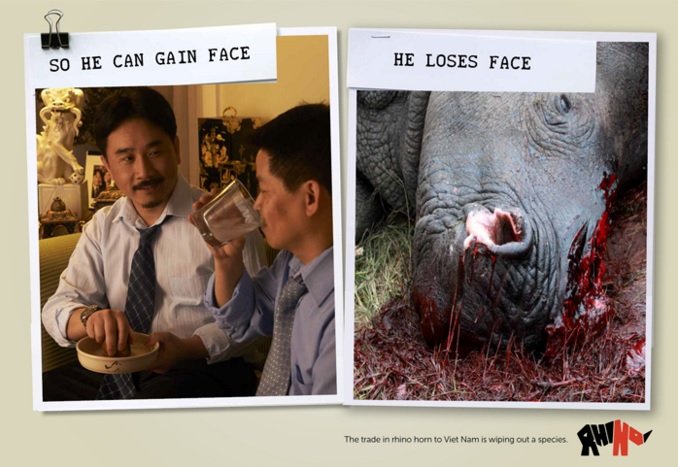
Misconceptions About Rhino Horn
Traditions play a huge role in the misconceptions about rhino horn. In Greek mythology there are references to rhino horn having the ability to purify water and it has been found that ancient Persians used rhino horn to detect poisoned liquids.
In Yemen some Middle Eastern traditions require the horn of rhinos to make handles for curved daggers called jambiyas. These daggers are presented to boys when they reach the age of 12 as a sign of manhood and a way to show loyalty to the Muslim culture.
Traditional Chinese medicine has used rhino horn for over 2,000 years. In many South East Asian countries it is believed that rhino horn can cure any ailment from fevers to gout and from cancer to the common cold. Rhino horn can come in many forms and is often ground up and mixed into a drink.
Unsurprisingly, there is no scientific evidence to support the idea of rhino horn has any medicinal or other powers. Rhino horn is primarily made of keratin, the protein that also makes up toenails, fingernails and hair.
Only the affluent are able to afford rhino horn as it costs up to $100,000 per kilogram. This is more expensive than gold ($40,000 per kilogram) and cocaine ($70,000 per kilogram). The demand for rhino horn, particularly is Vietnam, has increased because it is being used as a status symbol. If only users understood that they were snorting the same substance as toenails up their nose to look cool!
Rhino Horn Poaching Epidemic
In 2008 only 18 rhinos were reported being killed by poachers. This number has risen exponentially in the last decade and over 7,500 rhinos have been killed in South Africa alone since 2008. One of the key drivers of the poaching epidemic is believed to be a rumour that started in Vietnam about a politician who cured his cancer using rhino horn powder. Medical studies have showed no evidence of such medicinal value.
Although rhino poaching numbers dropped for the first time in 2018, there are still two rhinos being poached every day in South Africa. If this epidemic continues the rhinoceros will be extinct in less than 15 years.
Kariega Guests Spread Rhino Horn Awareness
We are committed to rhino conservation, preservation and protection and share this with our safari guests every day. We hosted a tailor-made safari group led by photographer Jack Kenner in 2018 and were delighted to share the African wilderness with them. While on safari the group became very interested in rhino conservation and the importance of sharing the facts about rhino horn, including that they are like toenails!
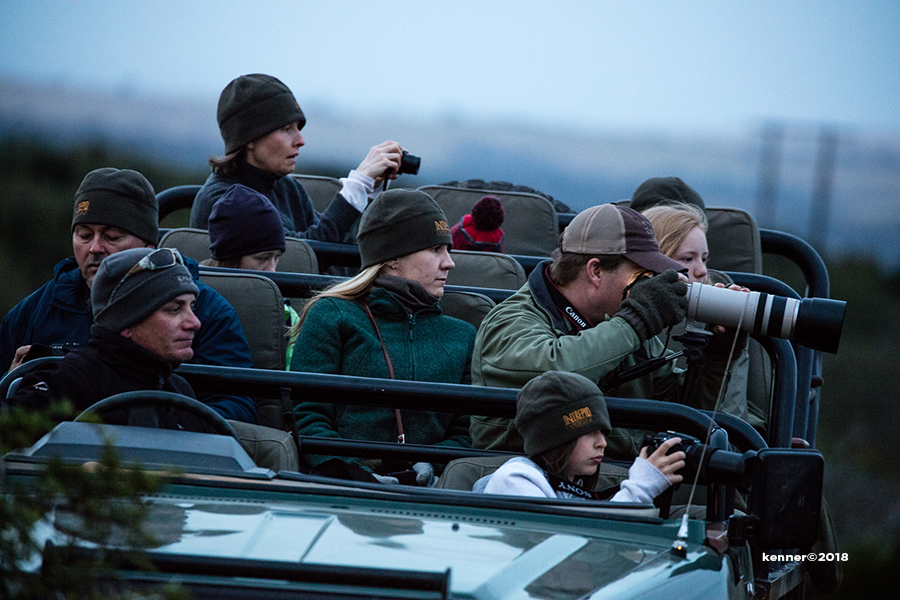
On returning home, Jack Kenner and some of the members of the group appeared on WREG News Channel 3, a television station based in Memphis. We have included the video where Jack discusses the fact that rhino horns are like toenails and the teens talk about their safari experience at Kariega Game Reserve in South Africa and how they now understand the need for conservation.
The group also held an exhibition to feature the wildlife photographs taken on their Kariega safari.
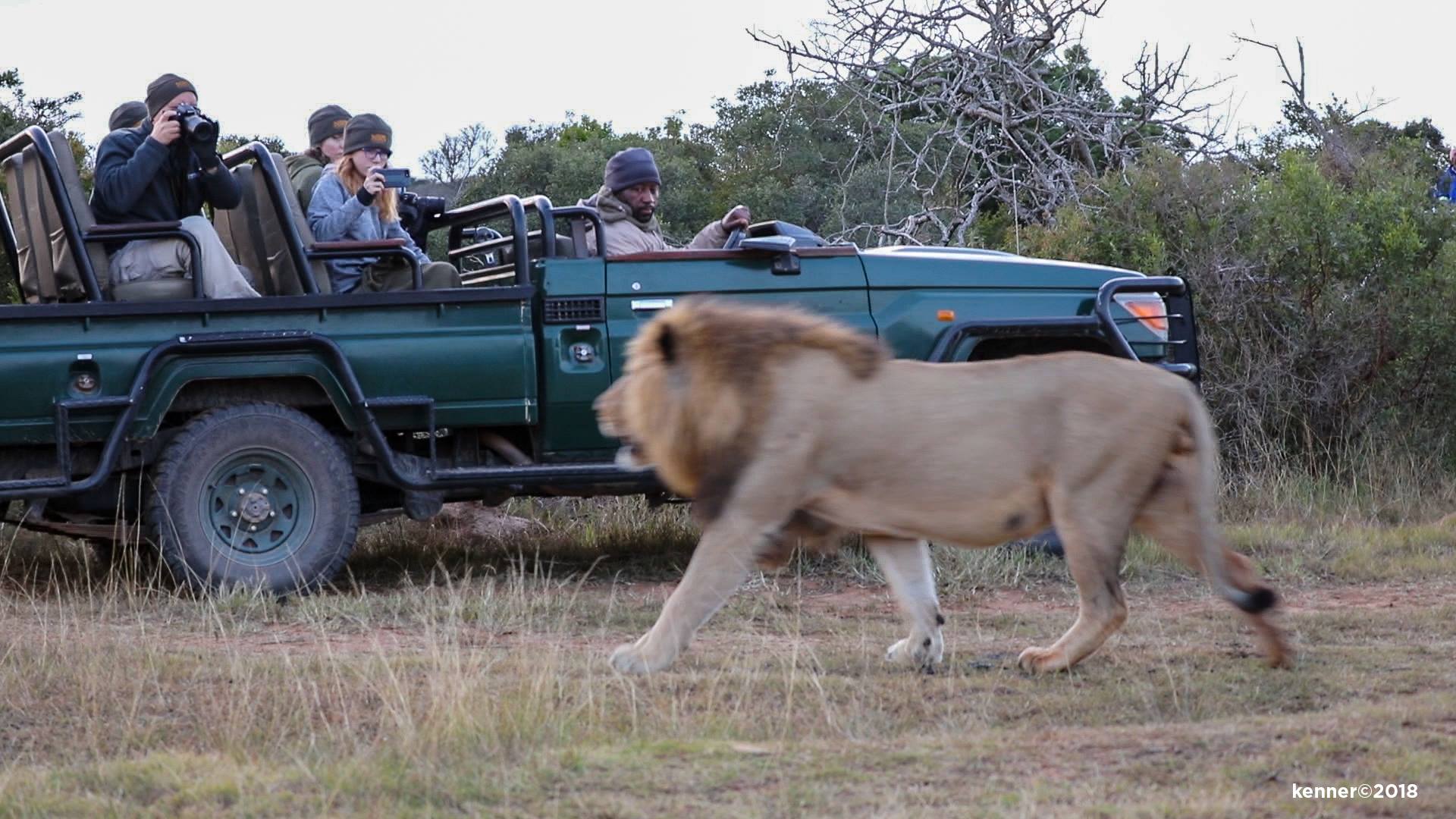
Get Involved to Protect Rhino
Thank you to Jack Kenner and his amazing group and to everyone else who is spreading awareness that rhinos need their horns more than humans do!
To find out more about how you can get involved with our Save the Rhino project please email us on foundation@kariega.co.za, leave a comment below or connect with us on Facebook, Instagram, Twitter and YouTube.
Photo of poaching survivor Thandi and her third calf Mthetho by guide Daniel Haesslich. Photographs of the Jack Kenner group on safari thanks to Jack Kenner.

